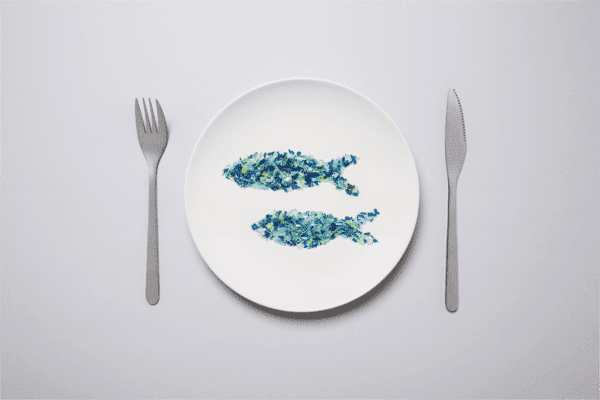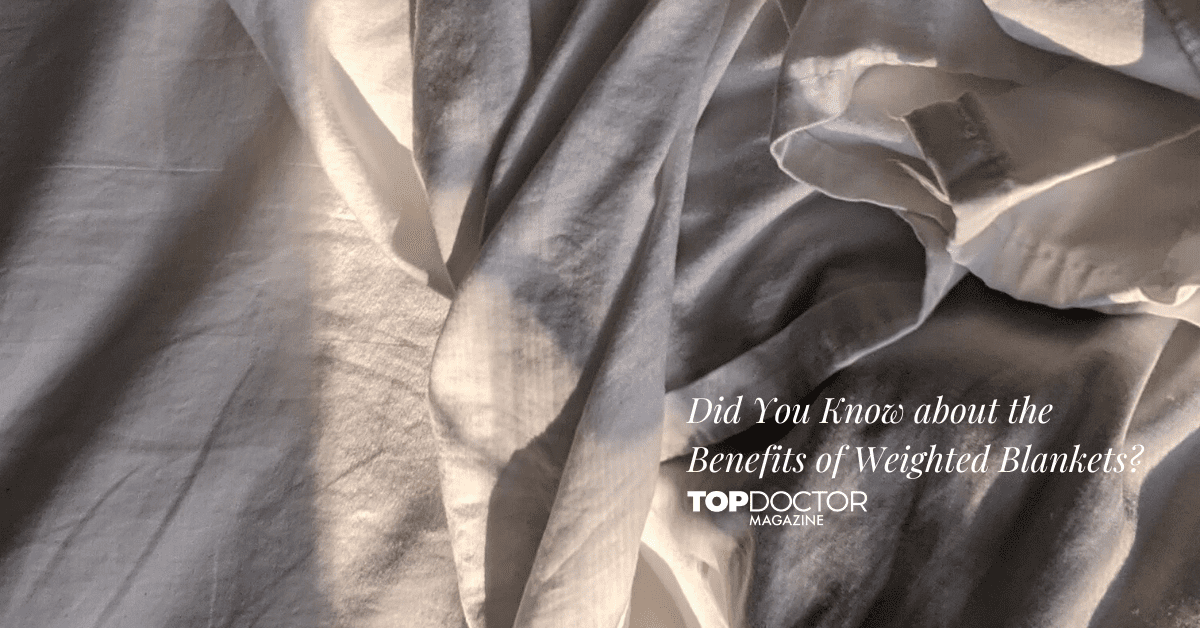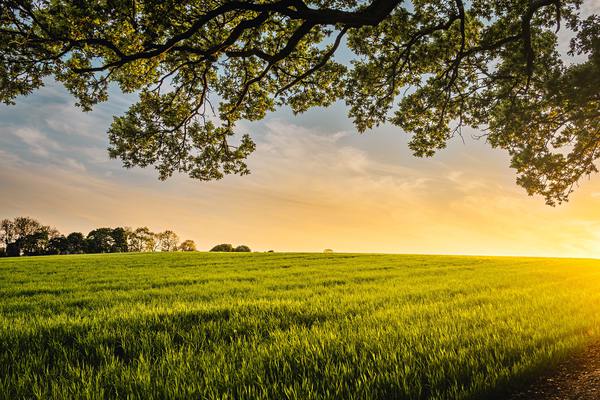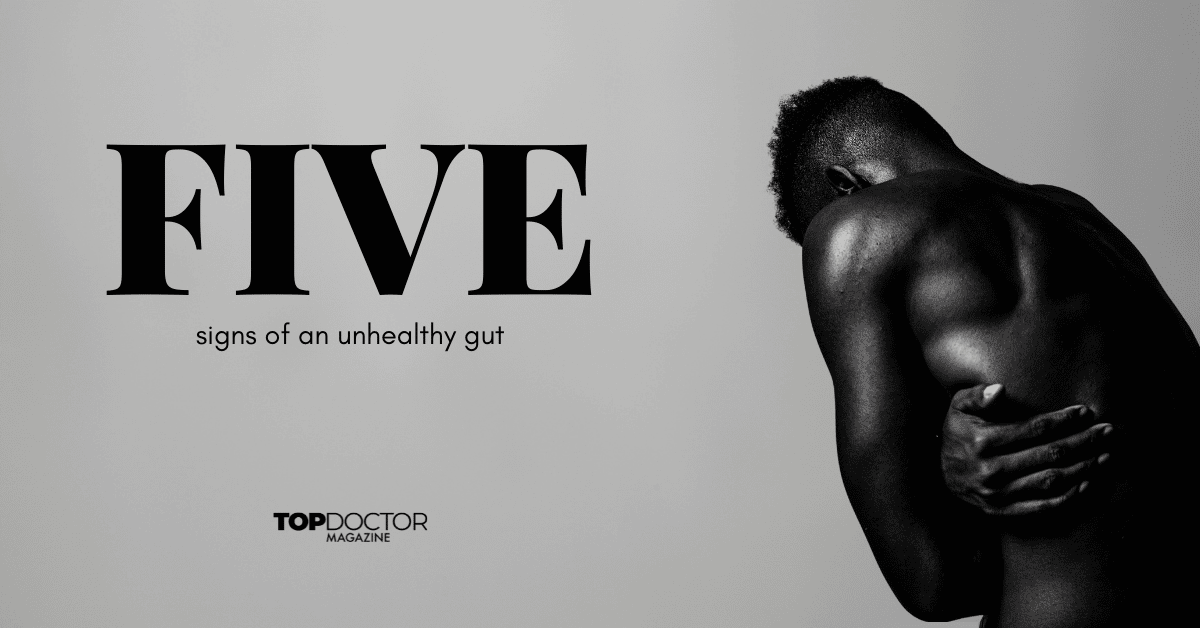
We are living in a world of plastic. Plastic, a uniquely versatile material, plays a massive part in our everyday lives, from the cups and toothbrushes we use to our clothes. But it is also the number one cause of pollution to marine life.
In recent studies, scientists found another problem with plastic that could cause harm not just to animals but also to humans. These are tiny particles that are not visible to the naked eye called microplastics.
What Is Microplastic?
Microplastic is a type of debris that exhibits both microorganisms and plastic properties. It has been defined as any piece of material under 5 millimeters in size. Common durable microplastic particles that can be found are Polypropylene and Polyethylene. These microplastic particles are used in grocery bags, lunch boxes and bottle caps.
This micro debris has been discovered on every corner of the globe, both inside and outside homes, landfills and bodies of water. Various human factors help spread microparticles, such as production, disposal and unintentional fragmentation during various activities. Although microplastic is prevalent within our environment, scientists still do not know how it affects living organisms.
Microplastics in the Environment
Microplastic particles are linked to many adverse effects, including pollution, ingestion and possibly even death. They pollute waterways when washed off during bathing or when waste goes down drains and into water sources. This micro debris accumulates in lakes, rivers and oceans, damaging ecosystems. Microplastics neither support nor consume any living material.
Microbeads kill marine life when fish, birds and other water-dwelling creatures ingest them for food. Microplastic particles not only upset their digestive tracts but can also become lodged within them, causing death by starvation or choking. Microbeads have even been found in zooplanktons, one of the primary food sources for commercially viable fish species such as tuna and swordfish.
Dangers of Microplastics
These plastics can be found in oceans, rivers, the air we breathe, everywhere! There are 5 trillion pieces of plastic in our oceans, enough to circle the Earth over 400 times. These microplastics are being released into the environment from different plastic materials (tiny pieces of plastics used as exfoliants in beauty products) and fragmentation.
Microplastics are already in us, and we don’t know the full extent to which they will affect us in the future. We can’t see microplastics with our naked eyes because of their size, but they can be found everywhere despite their microscopic status. A study done by Orb Media revealed an average of about 10 plastic particles per liter of tap water worldwide.
Microplastics do not only end up in the water we drink. Microfibers specifically can be found in our food, such as fish, shellfish and the most common ingredient found in all households, table salt.
Dangers of Microplastics in Humans
Based on the available data, it is believed that microplastics are hazardous to the human body. They act as irritants the same way as asbestos fibers, which inflame the lungs and cause cancer, metabolic disturbance, neurotoxicity and carcinogenic effects. Microplastics can also interfere with normal hormone function, potentially causing weight gain.
A Parting Reminder
Microplastics are just a tiny portion of the global pollution problem. There are a lot of ways to help our planet and lessen pollution. For example, use a reusable produce bag. Instead of a plastic straw, you can bring your metal straw and a reusable water bottle. You can use natural essential oils rather than beauty products with micro scrubs.
At the end of the day, we are still responsible for cleaning up our mess and making the environment a better place to live in. It’s not too late to change our ways.





0 Comments